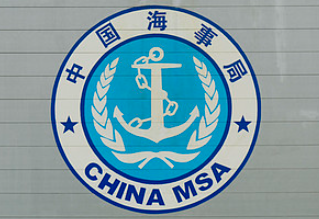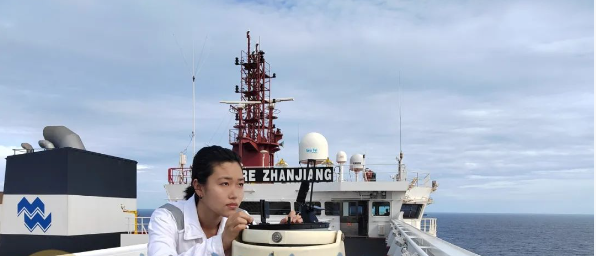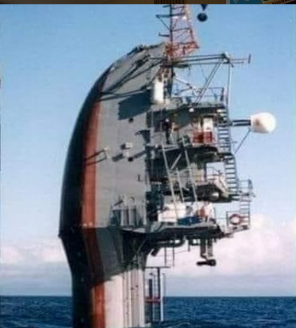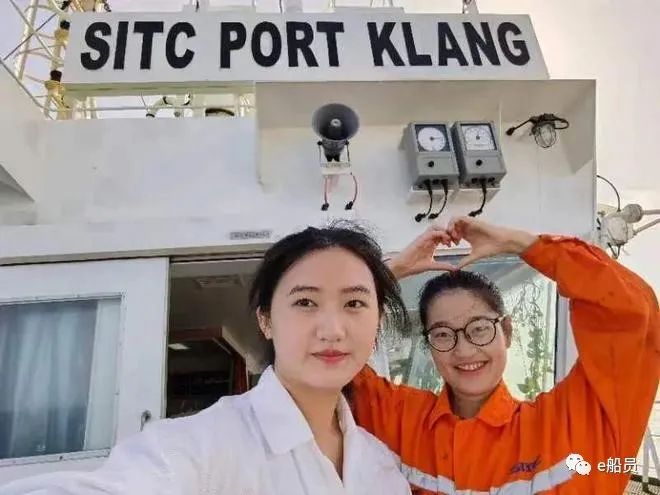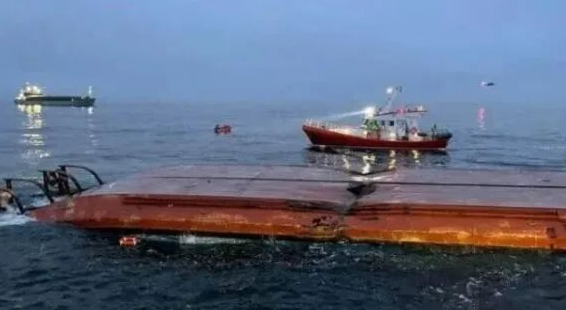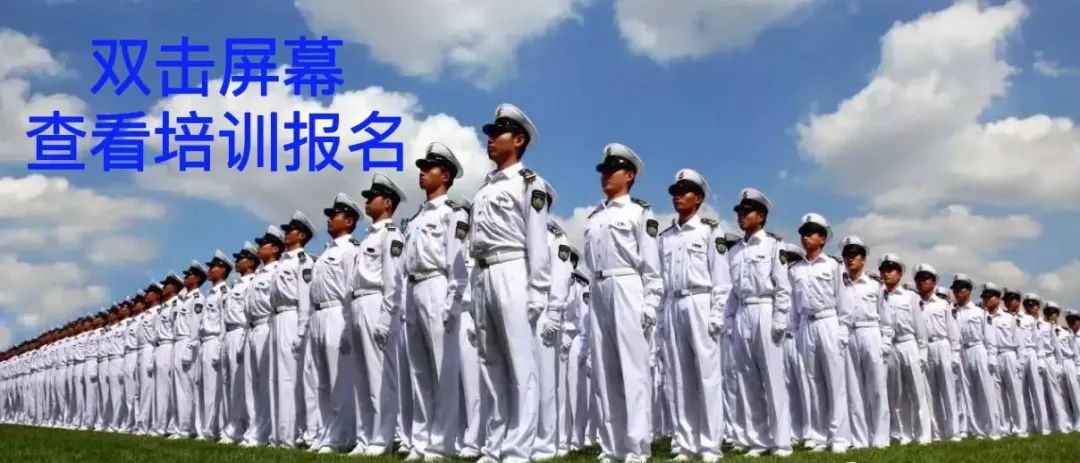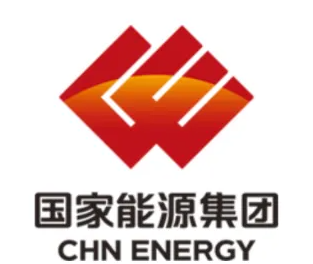大管轮英语面试题(二)
1. What kind of work belongs to hot work? When are you not allowed to do hot work?答: Hot work refers to all the work involving high temperature, open flames, or sparks that can cause ignition of combustible gases, vapor, or liquid in vicinity where such is done. This kind of work includes electric and gas welding and cutting or burning, grinding,metal chipping, sandblasting/grit blasting, work with sparks caused by falling or hitting, work with electric sparks, other work with high temperature etc. Under the following circumstances, hot work is forbidden: (1) Anywhere on the ship during cargo operation, when handling flammable cargoes unless the ship has got permission from the terminal and port authority。(2) Anywhere and any time during the bunkering (3) In enclosed paces or where atmosphere is suspicious (4) Where painting work is underway at same time (5) Where unsafe factors are suspected 。2. How do you carry out gas testing and how do you test the explosion?答: I use the gas tester to detect the gas composite content. In the vicinity of the places to be tested, the flammable gas content should not more than the limited figure, and no combustive materials are available to avoid any fire.3. Pleas explain the meaning of “SOPEP”?答:What contents should be included in the SOPEP? SOPEP means Shipboard Oil Pollution Emergency Plan and it should contain the following: (1) Procedures to be followed by the Master or other persons in charge of the ship to report an oil pollution incident. (2) Authority or person to be contacted in the event of oil pollution. (3) Detailed description of actions to be taken immediately by persons on board to reduce or control the discharge of oil following incident. (4) List of oil spill response equipment and materials to be maintained on board. (Removers, sprayer, oil absorbent, saw dust, san, d, waste rags, scoop, shovels, buckets, bamboo brooms, portable pump, protective clothing, and portable containers). Simple speaking, SOPEP should such things as the emergency contacts (telephone and other means of communication, address, etc.), the equipment used in dealing with oil pollution, the muster list in the oil pollution, and the report procedure when the accident happens, ect. 4. What is the ISM Code? What is the SMS? What contents are there in the ISM code? 答:ISM means International Management Code for the Safe Operation of Ships and for Pollution Prevention. The ISM code includes 16 chapters falling into two parts: implementation of Part One, and verification and certification of Part Two. The 16 chapters are: general, safety and environment protection policy, company responsibilities and authority, designated person(s), master’s responsibilities and authority, resources and personnel, development of plans for shipboard operation, emergency preparedness, reports and analysis of non-conformity, accidents and hazardous occurrences, maintenance of the ship and equipment, documentation, company verification, review and evaluation, certification and verifications and control, certification and periodical verification, verification, interim certification, and forms of certificates. The last four chapters are newly added in the new version of ISM Code. SMS means safety management system, and this system is mad based on the 16 elements of ISM Code, which is a compulsory part SOLAS 74. The shipowner or manager cannot get Document of Compliance (DOC) and SMC without audited Safety Management (SMC) by Class designated by the flag registry country administration. 5. What do Observation, Non-conformity and Major non-conformity in the ISM Code mean respectively?答:Observation means a statement of fact made during a safety management audit and substantiated by objective evidence. Non-conformity means and observed situation where objective evidence indicates the nonfulfillment of a specified requirement. Major non-conformity means an identifiable deviation that poses a serious threat to the safety of personnel or the ship or a serious risk to the environment that requires immediate corrective action and includes the lack of effective and systematic implementation of a requirement of this Code. 6. What ranks should not be allowed shore leave at the same time?答: In view of the jobs on board, the following position and ranks can not be allowed to have shore leave at the same time: the Master and the Chief Officer; the Chief Engineer and First Engineer; the Chief Engineer and Electrician; the Bosun and Pumpman (in tankers); the Chief Cook and Second Cook (or mess boy); the Chief Officer and Pumpman (in tankers). Any crew who wants shore leave must check with the department head for permission and return to the vessel on time. 7. What is the maximum blood alcohol concentration (BAC) rate on board?答:According to the STCW 95, the BAC shall not be more than 0.08% by weight any time when being tested, but the CFR (Code of Federal Regulations) requires the BAC to be no more than 0.04%. Watch-keepers are not allowed to drink any alcoholic beverage 4 hours before their watch. 8. When you are keeping the watch, what should you be careful about?答:In order to ensure the normal operation of the engines, I should (1) Keep closed watch on the fuel oil and lube oil conditions (2) Be alert on any possible problems arising from abnormal temperature, leakage, or some other problems (3) Be careful about those abnormal noises (4) Make a quick judgment if hearing abnormal noises from machines, and report them to the Chief Engineer or even the master immediately if the noises are very serious and I myself cannot deal with it (5) Obey the rules of the company and the inspections from Chief Engineer, Master and some warnings from the deck department. 9. What should a Muster List include? What kind of Muster Lists did you have on the last vessel?答:The Muster List should include the following contents (1) Details of emergency alarm signal (2) How ship-abandon will be given (3) Substitutes for the key personnel who may become disabled on board (4) Specify the boat to which each person belongs and duties to be performed by abandon ship situation (5) The specific group to which person belongs and general duties during various emergencies (6) Any additional or specific duties (7) Specific assembly point of each group The Muster List must be ready before the ship’s sailing We had the following separate Muster Lists on board the last vessel: General emergency, fire fighting, fire in the engine room, emergency steering, abandon-ship, man overboard, oil pollution, and so on. 10. What preparations should you make before entry into port?答:The preparations include the following. (1) Stand by the main engine (including test engine ahead/astern by remote control and emergency local control). (2) Start generator and check power supply and compressed air (3) Test emergency generator and emergency steering gear (4) Check all the cargo gears in accordance with the requirements from the bridge (5) Report fuel oil and fresh water quantity, drain out water from fuel oil tanks/air bottles and test alarm system and monitor system (6) Change fuel oil to diesel oil if needed, reduce the speed of main engine to harbor speed (7) Test the telegraph, correct clocks between bridge and engine room (8) Make some other preparations according to “prepare for arrival port check list” According to USCG regulations, the main engine test must be carried out within 12 hours before arrival Emergency generator and emergency steering gear test must be carried out within 48 hours before arrival.
船员帮
2024-09-05
 船员帮
船员帮


